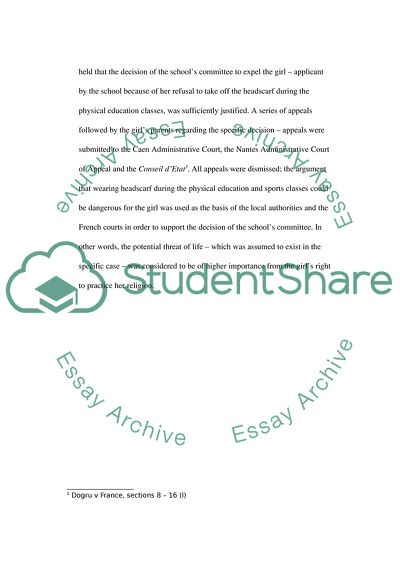Cite this document
(Law and Religion in The 21st Century Research Paper, n.d.)
Law and Religion in The 21st Century Research Paper. Retrieved from https://studentshare.org/law/1721913-law-religion-in-the-21st-century
Law and Religion in The 21st Century Research Paper. Retrieved from https://studentshare.org/law/1721913-law-religion-in-the-21st-century
(Law and Religion in The 21st Century Research Paper)
Law and Religion in The 21st Century Research Paper. https://studentshare.org/law/1721913-law-religion-in-the-21st-century.
Law and Religion in The 21st Century Research Paper. https://studentshare.org/law/1721913-law-religion-in-the-21st-century.
“Law and Religion in The 21st Century Research Paper”, n.d. https://studentshare.org/law/1721913-law-religion-in-the-21st-century.


